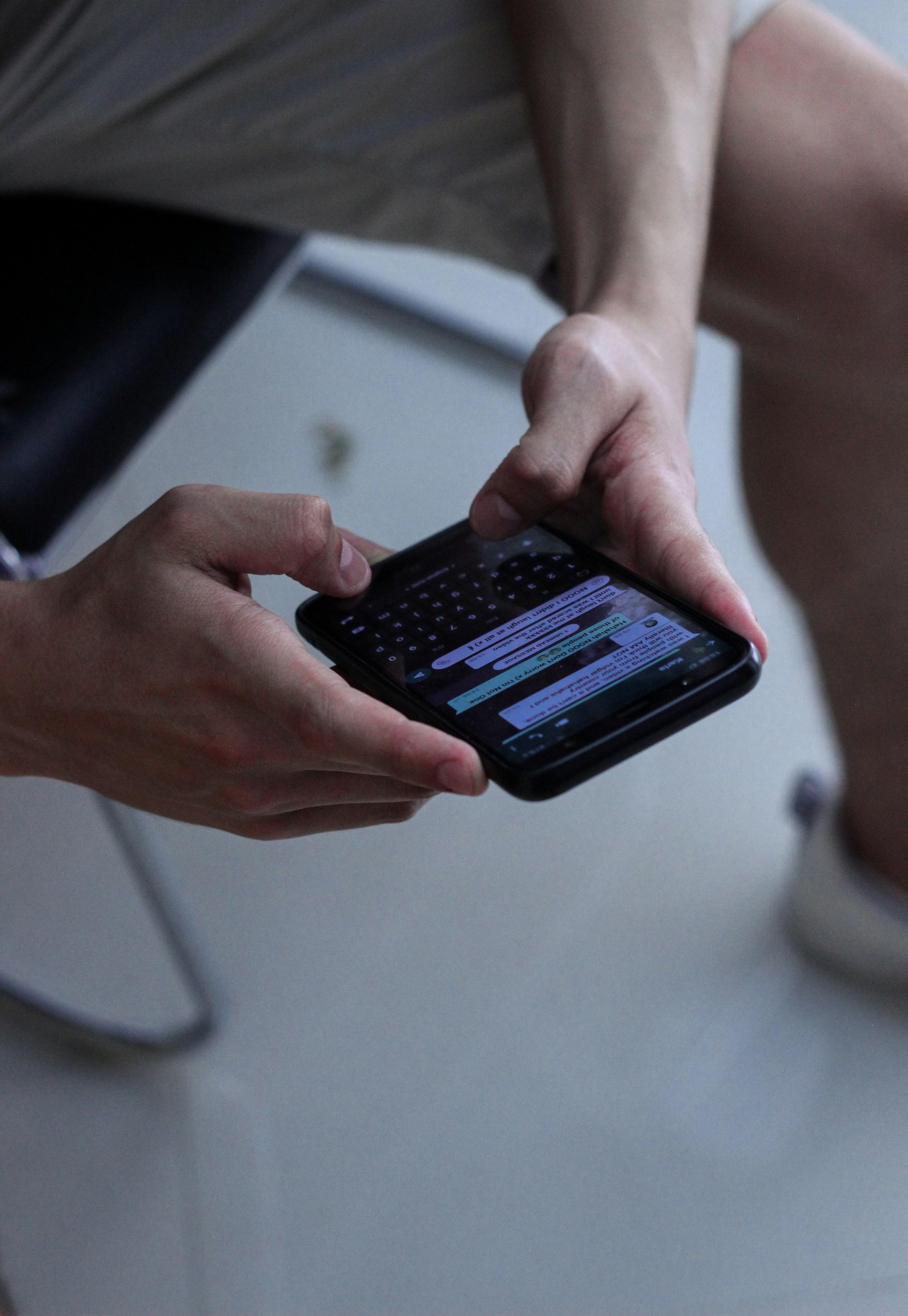ChatGPT can sharpen your mind or soften it, and the difference lies in how you use it. Think of your brain as a high performance system that responds to the quality of its inputs and the shape of its constraints. A capable tool changes the load on that system. It can expand your range and reduce needless friction. It can also flatten your attention and invite shortcuts. Both outcomes are possible. The result depends on when you reach for help, what you ask for, and when you stop.
People often say that AI makes you faster and smarter. Speed is easy to measure because you can see the draft arrive in seconds. Smarter is harder to define. You get shortcuts that feel like progress, and you feel productive because the screen fills up. Slowly a new habit forms. The hard steps become optional. Convenience becomes the default. Depth fades before you notice it slipping away.
Critical thinking is not a single talent. It is a stack of capacities that work together. Attention opens the door. Working memory carries the load. Retrieval turns knowledge into something you can use without notes. Pattern building connects ideas so that insight can form. Judgment selects among options when time and resources are limited. Feedback closes the loop and turns outcomes into learning. ChatGPT touches each layer. It reduces search cost, compresses information into neat frames, proposes structures, and simulates expertise. Without boundaries, the tool takes over the early stages. Your brain outsources the slow parts that build strength. It feels efficient today, and dependency shows up later.
Attention is where the first shift occurs. Instant answers shorten boredom, which can be healthy in small doses. Yet a steady diet of instant certainty erodes your tolerance for ambiguity. Real problems begin in a fog. Strong thinkers sit with that fog long enough to sense the edges. If you always begin with a summary, you reduce your exposure to messy signals and rough textures. Over time your attention span learns to check out at the first sign of friction, and this weakens the very muscle that lets you face novel situations.
Working memory is the next area to watch. When you offload planning and drafting, you reduce strain in the moment. This can free capacity for judgment if you apply it deliberately. It can also reduce your training effect. Muscles that never lift do not grow. If you rarely hold more than a couple of steps in mind, a third step will feel heavy. The tool has not made you weaker on purpose. It has simply made it easier to skip the rehearsal that creates durable skill.
Retrieval strengthens through practice. The act of pulling ideas from your own mind, without a cue right in front of you, builds pathways you can rely on during stress. Copy and paste feels clean and efficient, but it does not train recall. Across weeks you become fluent in prompts and a bit clumsy with the underlying ideas. The speed of the interface masks the slowing that happens inside your own access routes.
Pattern building is where AI can genuinely help. A good model can surface frames you had not considered, pose useful contrasts, and present counterexamples that challenge your first assumptions. If you interrogate what it gives you, the patterns you keep will become stronger. If you accept suggestions without testing, pattern strength decays. The difference is the habit of asking why, asking where the idea fails, and asking what is missing. Without that friction you end up repeating patterns you cannot explain.
Judgment is the art of selection under constraint. Models are generous. They always have more ideas. Abundance can feel comforting until it turns into a pile that blunts your ability to choose. Protecting judgment requires two simple rules. First, limit the number of generation cycles. Second, commit to a stopping point. For many creative and analytical tasks, two rounds of generation followed by one round of pruning is enough. Then you decide. The decision is the training.
Feedback is the piece that many people skip. If you do not observe outcomes, you cannot improve either your prompts or your thinking. The conversation ends when the answer appears on the screen, and the loop remains open. To close it, you need a small set of real world measures. A writer might track time to first draft and revisions to final. A manager might track quality errors after a decision and the time required to correct them. With even two numbers carried across a month, you can see whether speed is rising while substance falls, or whether both are improving together.
In daily life the net effect is straightforward. The model compresses the time you spend in ambiguity, reduces the effort of recall, increases the volume of ideas, and can either raise or lower judgment quality depending on the constraints you apply. The tool shifts the training load away from the very moments that forge durable skill. The problem is not the tool. The missing element is a protocol that keeps your brain in the loop.
A simple protocol can protect depth without wasting time. Begin each important task by writing one short paragraph that states your own view. Do it without help. If you cannot express what you think, you are not ready to judge what the model offers. This quick preface protects attention and retrieval and gives you a baseline for comparison. When you do ask for help, avoid broad requests for a finished piece. Ask for scaffolding instead. Request key variables, plausible counterarguments, or likely edge cases. Scaffolding grows structure without stealing the lift.
Set a hard limit on interaction. Two cycles to generate and adjust are usually enough. Then stop and make a call. The act of stopping is a core part of judgment training. Without it you drift into comfortable ideation that never meets reality. As you keep material from the model, annotate your choices in one line each. Why this point, why this order, why this example. Annotation pulls working memory back into the process and makes your logic visible. You can revisit your reasoning later, and you can debug it when outcomes disappoint you.
Choose one step to complete without help and rotate that step across the week. On one day write your own introduction. On another day build the decision matrix by hand. On a third day write the final synthesis yourself. This keeps all the cognitive muscles active and prevents silent atrophy. Score outcomes, not feelings. If you write, ask whether the piece was read and revised fewer times over a month. If you plan, ask whether the plan held under pressure and how many times you had to rework it. If time to first output falls while revisions explode, your prompts are clever but your thinking is getting soft. If time holds steady while revisions fall, your foundation is strengthening.
Protect a block of deep work that excludes the model entirely. Ninety minutes is enough to remind your mind that it can carry a complex load without assistance. Clear inputs, a closed set of sources, and a single task will do more for your long term capability than any hack. This is not a rejection of technology. It is a way to maintain capacity so that technology remains a partner rather than a crutch.
There is also a place for deliberate drills that use the model as a training partner. Quick quizzes, requests for opposing views, and analogies that you must judge can fit into a ten minute drill. Treat these as practice rather than production. Close the tab after the drill so that you do not slide into passive consumption. The goal is wiring, not word count.
Approach new fields and high stakes decisions with extra care. When you are new to a topic, use the model as a map. Gather a glossary, find canonical sources, and identify major debates. Then leave and spend real time with the originals. Return to the model to check your grasp and to test your explanations. Alternate between source and synthesis until you can teach the topic without notes. When the stakes are high, use the model to list risks and failure modes, then rely on humans and data for the final call.
Language can trick you. Smooth prose can hide weak logic. When an early draft looks polished, mark the claims and ask the model for the strongest counterexample. If the counterexample forces you to change your design, the style was carrying weak content. This habit keeps elegance from becoming a mask.
Small rules reduce drift. You might decide that you will not use the model for personal messages, for the first pass of a presentation outline, or for study recall. Save assistance for structure, critique, and refactor. Friction is not punishment. It is training.
Energy state matters. When you are exhausted, the tool can help you move. Use it to regain momentum, then rest and schedule a manual session the next day to keep your baseline honest. Teams can adopt the same protocol to reduce context switching. Shared rules for when to use the model and when to hold back keep meetings and projects aligned. A simple practice like mandatory one line annotations can lift group thinking in a week.
Across a month this approach does two things. It reduces mindless outsourcing and raises deliberate collaboration. You keep your brain in the hard parts and let the tool carry the boring parts. You become faster in a way that does not erode depth. Treat your prompts like a small set of tools rather than magic. Label them by purpose, review them weekly, and prune anything that produces fluff. If you want a single metric to watch, track your tolerance for ambiguity by counting the minutes you spend exploring before you ask for structure. Extend that window slowly. If you can sit with open questions a bit longer, your thinking is getting stronger.
Tools will keep improving. Your brain can improve as well. The aim is not to resist the future, but to design for it. Use ChatGPT to widen your inputs and tighten your logic. Keep your constraints visible. Keep your practice honest. What you repeat becomes how you think. Choose a system that makes you sharper, not only faster.



.jpg)











